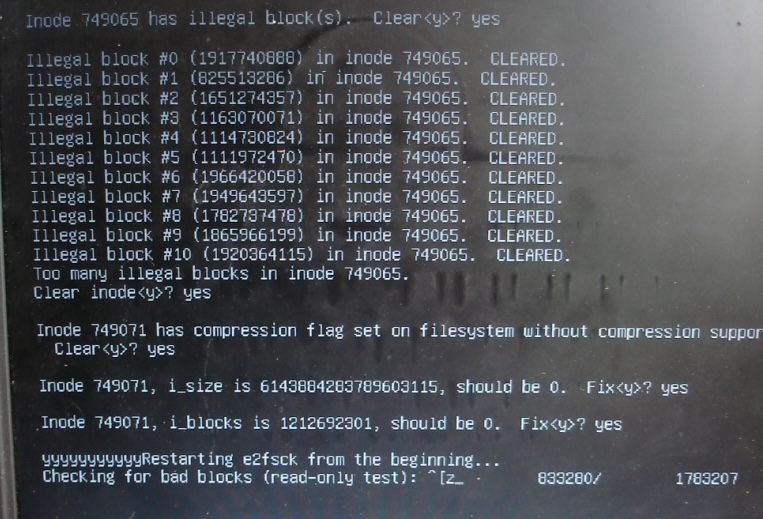The Gentoo test
I have a love-hate relationship with Linux. I love it because if there is a problem, I can actually tinker and find the problem and fix it. But I hate it because I like to tinker.
Recently I’ve been doing a fair amount of Django programming – enjoying every minute of it. After completing several of my projects I decided to do some benchmarks, and the results are in! Generally I can server cached/semi-cached pages at about 200req/sec. 200req! Considering this is 5,000,000 or so requests a day, and a number I am never going to reach, I still began to wonder: why isn’t it higher? I mean, serving a static html page is at like 1000+ req/sec, so why would a cached page be significantly different? I started exploring and noticed that Apache would spike the CPU. Ok, time to be thorough, and as I said, I like to tinker.
I tried lighttpd as a fastcgi to python – not a significant different, basically the same. Next I tried several versions of python – one from 2.4 and one from 2.5, one as a package and one from source – same results. High cpu usage. Thinking it could be something related to my VPS (or some odd limit within Debian) I decided, ok, I’ll reinstall.
I reinstalled and got things working pretty quickly. The only slight hiccup was postfix/dovecot, cause postfix insists on being in a jail (and my configs are all setup for that). Also, Chinese support in Apache isn’t working. Regardless, I re-ran the benchmarks and the results were the same – so, it isn’t related to my previous install after all. Doh.
I’ll evaluate Gentoo as a server setup for a little while, but I’m thinking I’ll do a quick reinstall of Debian.

 . Amazon has, for quite some time now, opened up their information via REST and SOAP. I’ve been trying (virtually the entire day) to get SOAP to work, but seem to get snagged on a few issues. Stay tuned.
. Amazon has, for quite some time now, opened up their information via REST and SOAP. I’ve been trying (virtually the entire day) to get SOAP to work, but seem to get snagged on a few issues. Stay tuned.